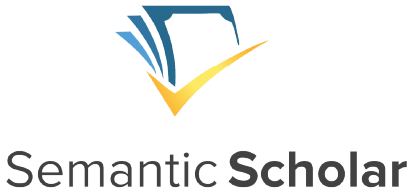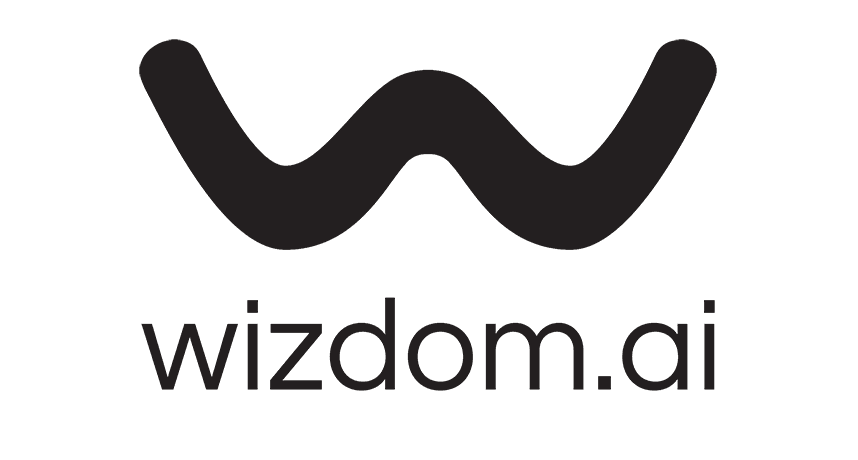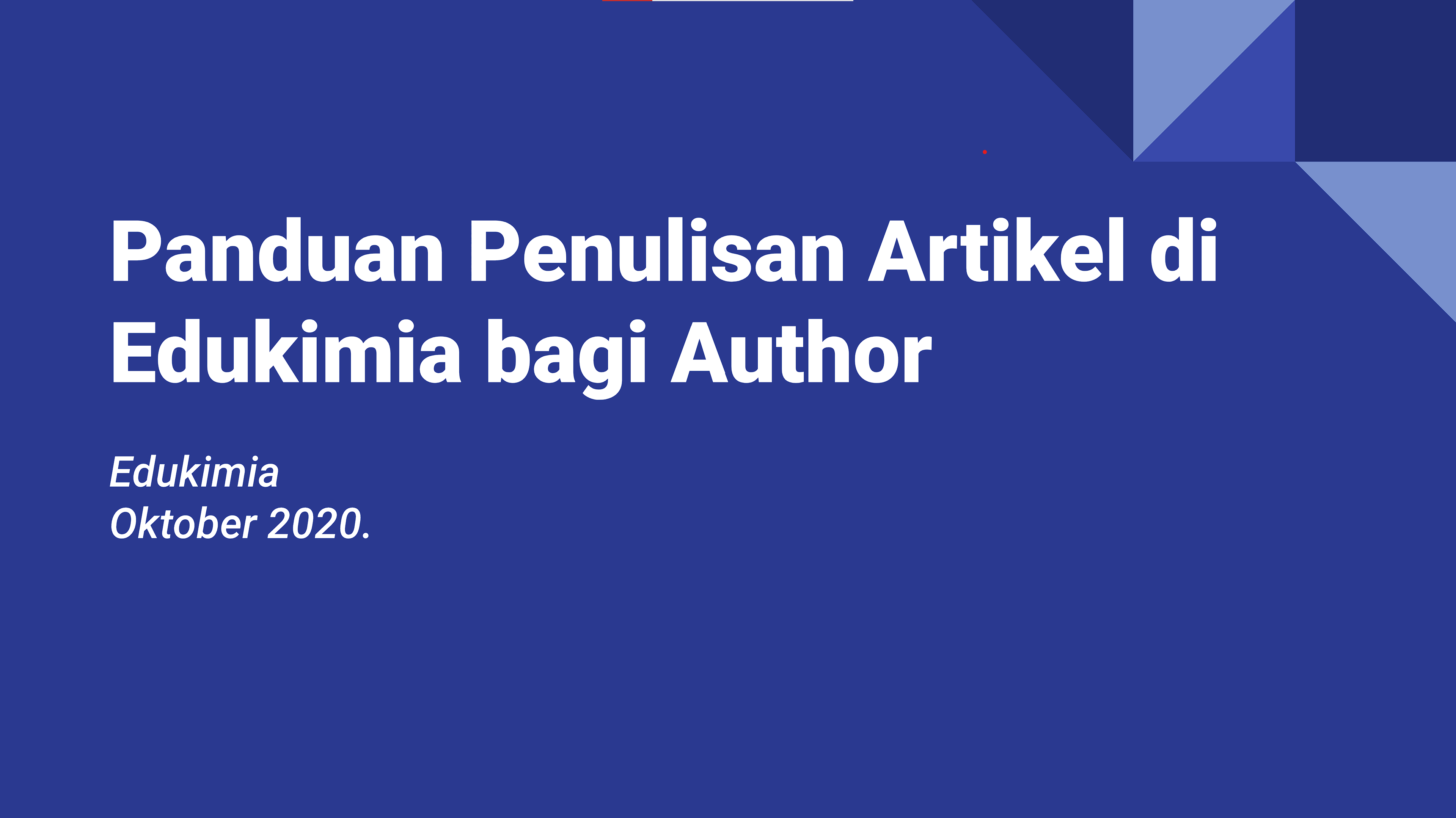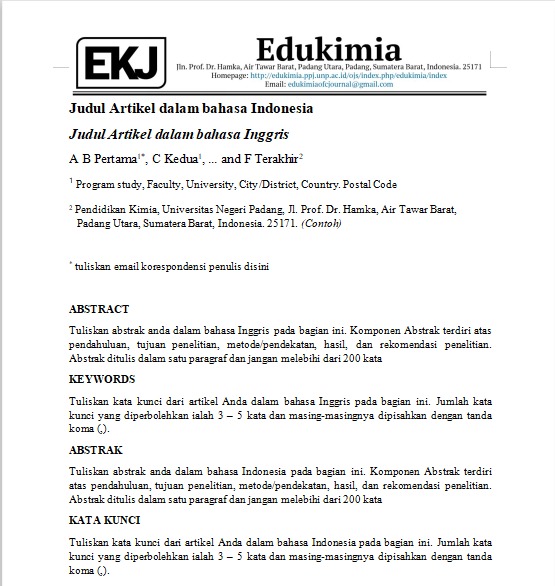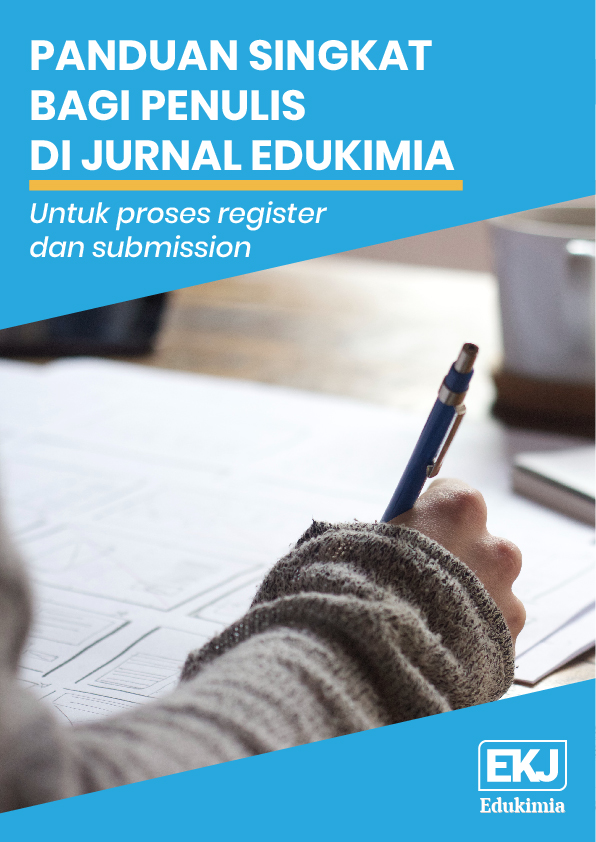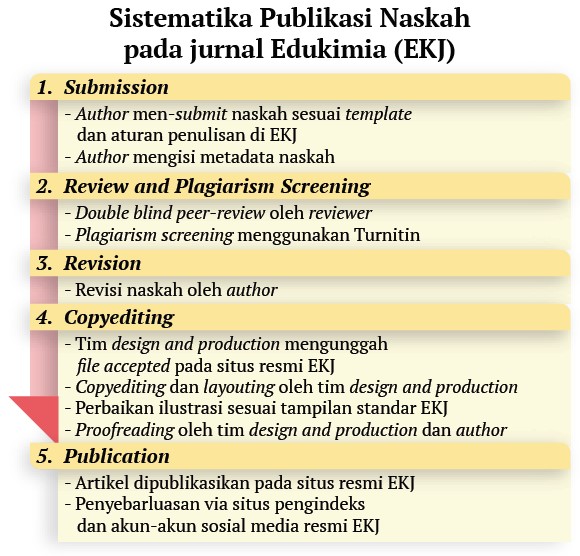High Order Thinking Skills (HOTS) of Students In Learning Guided Inquiry Models of Colloid System Material: A Literature Study
Article Metrics
The abstract has been viewed for 373 times.The full pdf article has been downloaded for 314 times.
Abstract
Keywords
References
Organisation for Economic Co-Operation and Development (OECD). PISA 2012 results in focus: What 15-year-olds know and what they can do with what they know. Paris; 2013.
Anderson LW, Krathwohl DR. A Taxonomy for learning, teaching, and assesing; a revision of bloom taxonomy of educational objectives. New York: Addison Wesley Longman; 2001.
Kementerian Pendidikan dan Kebudayaan. Pemerintah Nomor 36 Tentang Kurikulum 2013 Sekolah Menengah Atas atau Madrasah Aliah Negeri. Jakarta; 2018.
Sanjaya W. Strategi Pembelajaran. Jakarta: Kencana Prenada Media Group; 2006.
Hanson DM. Designing process-oriented guided-inquiry activities. Fac Guid Compr Tool Improv Fac Performance 2nd ed Pacific Crest. 2005;
Brandon C, Ivens C. Thinking skills for peak performance. Macmillan Education AU; 2009.
Azizmalayeri K, Mirshahjafari E, Sharif M, Asgari M, Omidi M. The impact of guided inquiry methods of teaching on the critical thinking of high school students. J Educ Pract. 2012;3(10):42–7.
Seranica C, Purwoko AA, Hakim A. Influence of guided inquiry learning model to critical thinking skills. IOSR J Res Method Educ. 2018;8(1):2831.
Snyder H. Literature review as a research methodology: An overview and guidelines. J Bus Res. 2019;104:333–9.
Arikunto S. Prosedur Penelitian Suatu Pendekatan Praktik (edisi revisi 2010) Jakarta: Rineka Cipta. 2010;
Bell T, Urhahne D, Schanze S, Ploetzner R. Collaborative Inquiry Learning: Models, tools, and challenges. Int J Sci Educ. 2010;32(3):349–77.
Pedaste M, Mäeots M, Siiman LA, De Jong T, Van Riesen SAN, Kamp ET, et al. Phases of inquiry-based learning: Definitions and the inquiry cycle. Educ Res Rev. 2015;14:47–61.
Kuhlthau CC. Guided inquiry: School libraries in the 21st century. Sch Libr Worldw. 2010;16(1):17–28.
Tawil M, Liliasari L. Berpikir Kompleks dan Implementasinya dalam pembelajaran IPA. Makassar: Univ Negeri Makassar. 2013;
Krathwohl DR. A Revision of Bloom taxonomy: An Overview. Theory Pract. 2002;41(4):212–8.
Mahanal S. Asesmen Keterampilan Berpikir Tingkat Tinggi. J Penelitian dan Pengkajian Ilmu Pendidikan: e-Saintika. 2019;3(2):51–73.
Andalan M, Fadiawati N, Kadaritna N, Rosilawati I. Efektivitas pembelajaran inkuiri terbimbing pada materi koloid dalam meningkatkan keterampilan berpikir lancar. J Pendidik dan Pembelajaran Kim. 2013;2(3).
Aysah H, Rosilawati I, Kadaritna N. Keterampilan Memprediksi dan Mengelompokkan Pada Materi Koloid Menggunakan Inkuiri Terbimbing. J Pendidik dan Pembelajaran Kim. 2014;3(3).
Nur AH, Sopandi W, Mustapha I. Analisis Pengembangan Karakter, Keterampilan Proses Sains, dan Penguasaan Konsep Siswa Pada Topik Koloid Melalui Pembelajaran Inkuiri Terbimbing. EDUSAINS. 2016;8(2):157–65.
Putri RF, Suharto B, Rusmansyah. Penerapan Model Pembelajaran Inkuiri Terbimbing Terhadap Hasil Belajar Peserta Didik Pada Materi Koloid. JCAE (Journal Chem Educ.) 2019;3(2):47–54.
Refbacks
- There are currently no refbacks.

.jpg)



